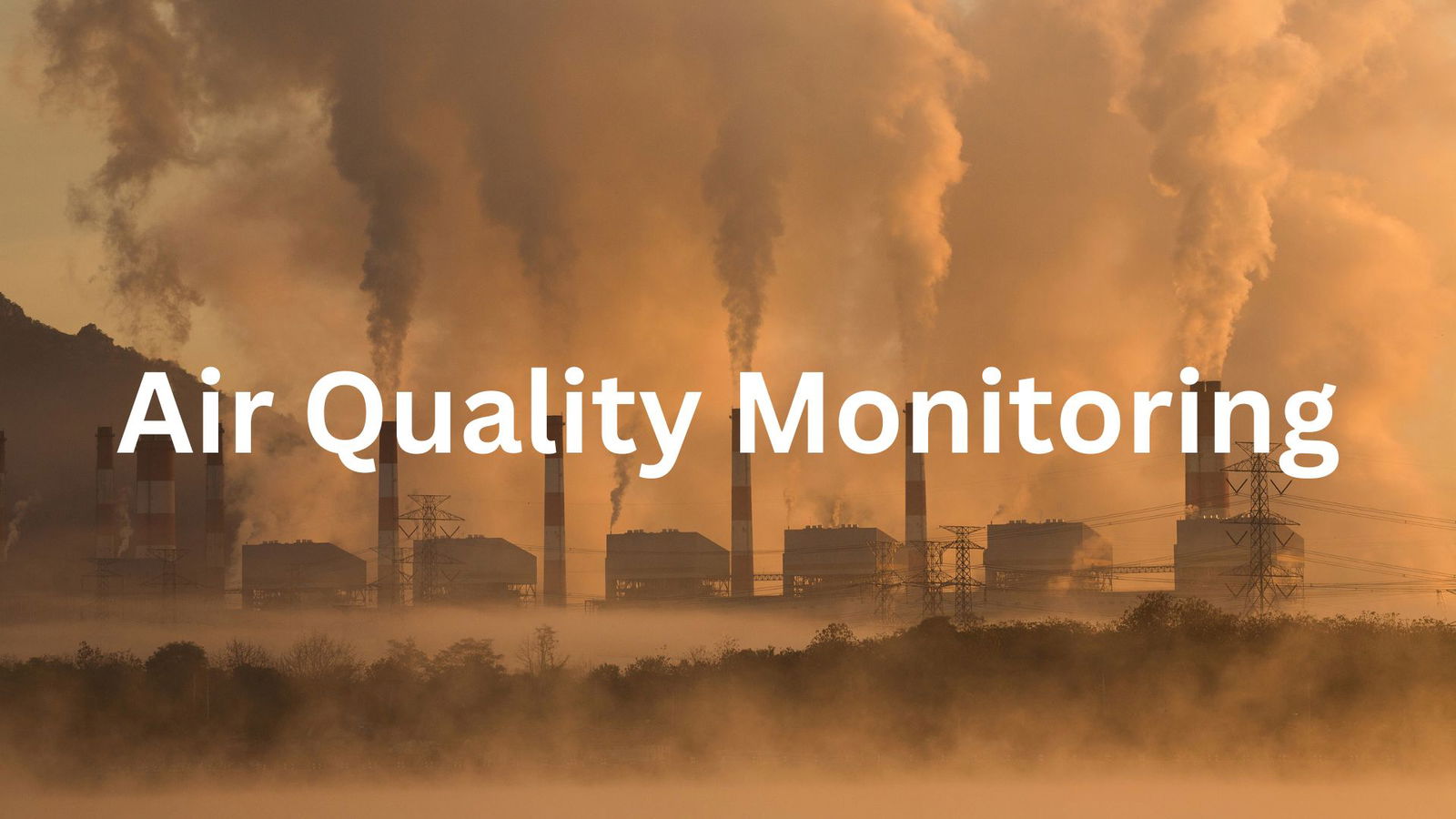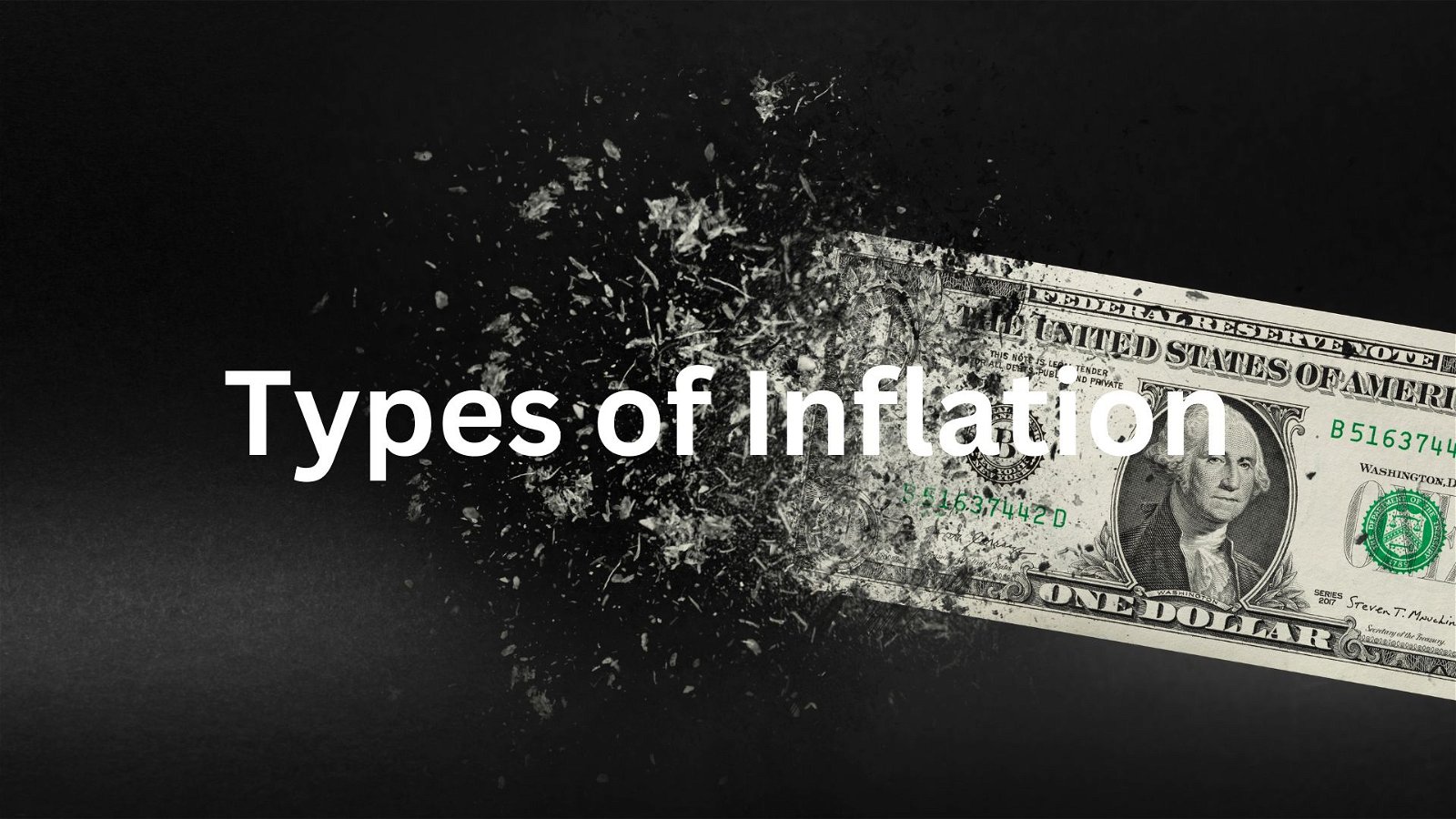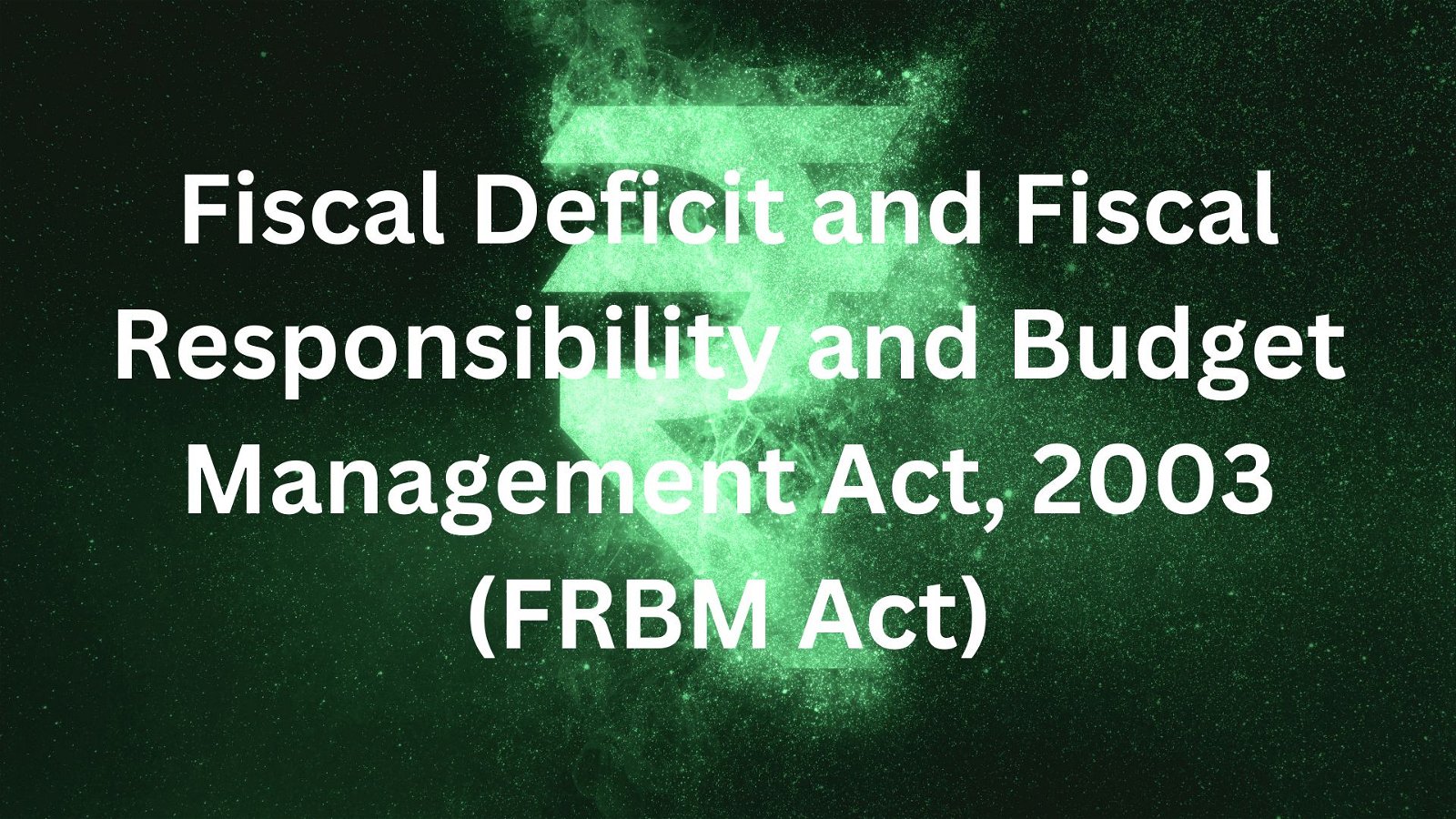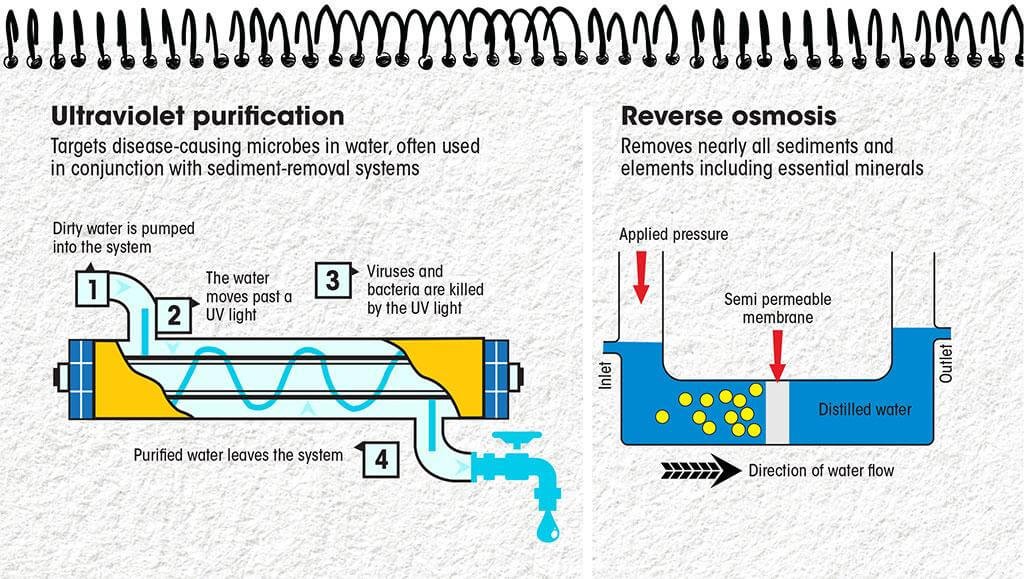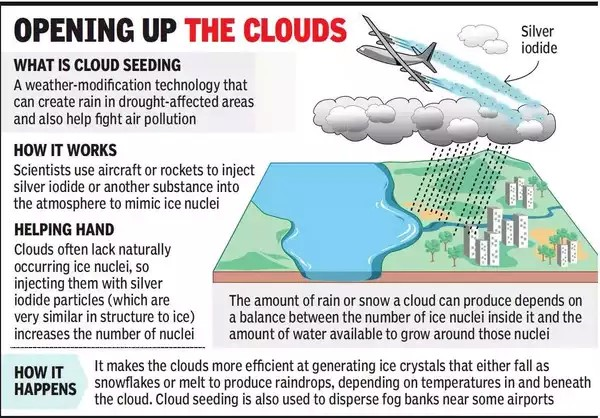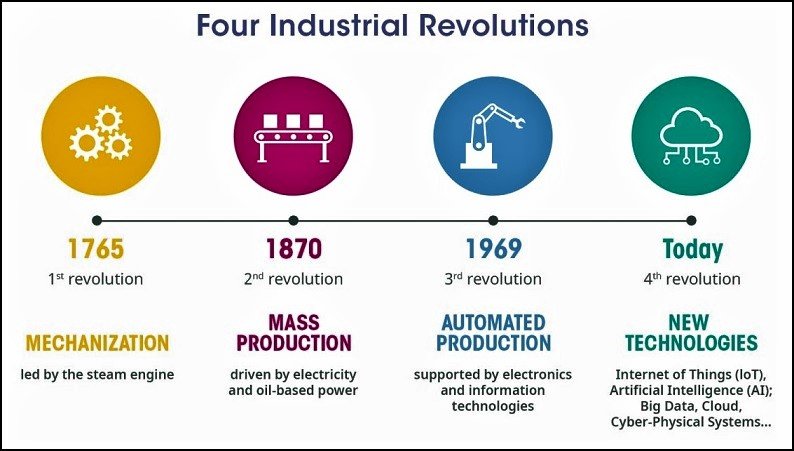
Marine Cloud Brightening (MCB)
Subscribers of "Current Affairs" course can Download Daily Current Affairs in PDF/DOC
Subscribe to Never Miss an Important Update! Assured Discounts on New Products!
Must Join PMF IAS Telegram Channel & PMF IAS History Telegram Channel
- Context (TH): Marine cloud brightening (MCB) is a geoengineering technique that produces brighter and whiter low marine clouds.
- Such clouds reflect sunlight away from the ocean’s surface and protect corals from bleaching.
How is a Cloud Brightened?
- A warm cloud (as opposed to an ice cloud) is a collection of small water droplets floating in the air.
- A cloud with numerous small droplets appears brighter than one with fewer large droplets, regardless of their total water content.
- Each droplet is formed by condensation of water vapour around a nucleus.
- The nucleus can be any tiny particle suspended in air.
- In the lower atmosphere, there are thousands of tiny airborne particles called “aerosols”.
- In very clean maritime air, aerosols available are mainly sulphates and sea salt crystals.
- They are generally fewer in number, resulting in the formation of clouds with large droplets.
- So, to boost marine aerosols, large volumes of tiny seawater droplets are sprayed into the air.
- As the tiny seawater droplets evaporate, they leave behind sea salt. These additional sea salts, when incorporated into a cloud, brighten the cloud.
|
Benefits of Marine Cloud Brightening
- Offsets anthropogenic global warming and slows climate change.
- Reduces the risk of extreme weather events (like heat waves and droughts).
Concerns with Marine Cloud Brightening
- Alters precipitation patterns and weather systems.
- Unintended consequences for ecosystems and human health.
For More Information on Coral Bleaching, refer to PMF IAS Environment 2nd Edition




![PMF IAS Environment for UPSC 2022-23 [paperback] PMF IAS [Nov 30, 2021]…](https://pmfias.b-cdn.net/wp-content/uploads/2024/04/pmfiasenvironmentforupsc2022-23paperbackpmfiasnov302021.jpg)

